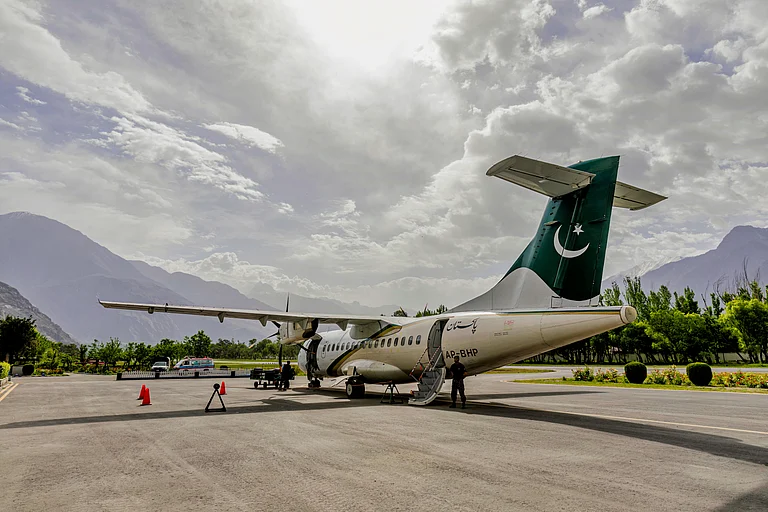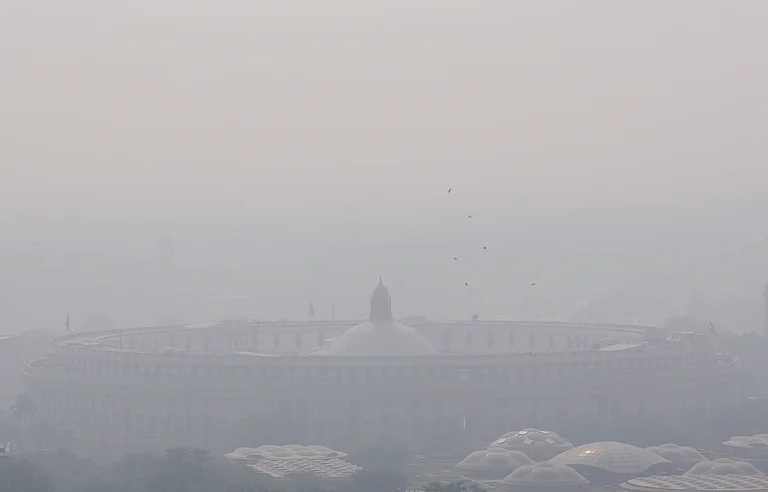
India commences its annual tri-Service Exercise Trishul on October 30, 2025, involving integrated operations by Army, Navy, and Air Force along the Pakistan border in Rajasthan and Gujarat, running until November 10 with restricted airspace up to 28,000 feet.
Drills emphasize multi-domain combat near the disputed Sir Creek estuary, deploying T-90 tanks, BrahMos missiles, Rafales, and naval assets to test joint readiness following Defence Minister Rajnath Singh's warning against Pakistan's military infrastructure expansion.
Islamabad issues NOTAMs restricting its airspace on October 28-29, possibly for counter-drills or tests, heightening tensions post-May's Operation Sindoor that targeted terror camps in retaliation for the Pahalgam attack.
India's armed forces have rolled out Exercise Trishul, a high-stakes tri-Service combat drill along the volatile western frontier with Pakistan, commencing on October 30, 2025, and spanning 12 days until November 10. This massive wargame unites the Indian Army, Navy, and Air Force in simulated offensive and defensive scenarios across diverse terrains in Gujarat and Rajasthan, with a sharp focus on the strategically sensitive Kutch region bordering the disputed Sir Creek.
The exercise features an array of cutting-edge assets: T-90 battle tanks and BrahMos supersonic missile regiments from the Army, Rafale fighters and Akash air defense systems from the Air Force, alongside Western Naval Command warships conducting coastal maneuvers. A sprawling NOTAM restricts civilian and military airspace over the exercise zone up to 28,000 feet, signaling the operation's unprecedented scale and India's doctrinal shift toward seamless jointness in multi-domain warfare.
Timed against escalating Indo-Pak frictions, Trishul operationalizes lessons from Operation Sindoor—the May 2025 precision strikes that dismantled nine terror camps and 11 military sites in Pakistan and PoK following the April 22 Pahalgam attack that claimed 26 civilian lives. Defence Minister Rajnath Singh's recent admonition to Pakistan over its aggressive fortification of bunkers, radars, and drone bases near Sir Creek—the 96-km tidal estuary flashpoint—lends the drill a potent deterrent edge. "Any aggression here will rewrite history and geography," Singh had cautioned, as Pakistan's Navy chief toured forward posts, vowing to defend "every inch" of its maritime claims.
In a tit-for-tat, Pakistan swiftly issued NOTAMs on October 28-29, curbing air traffic over its central and southern regions—speculated as preparations for its own exercises or missile trials—mirroring the airspace closures that marked the Sindoor escalation. Analysts interpret Trishul not merely as routine training but as a bold post-Sindoor assertion of India's integrated strike capabilities, electromagnetic dominance via complementary drills like Trinetra, and resolve to counter cross-border threats from state-sponsored terror networks.



















.png?w=200&auto=format%2Ccompress&fit=max)






